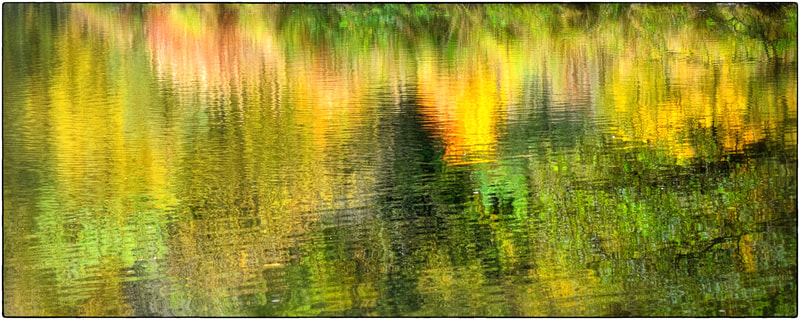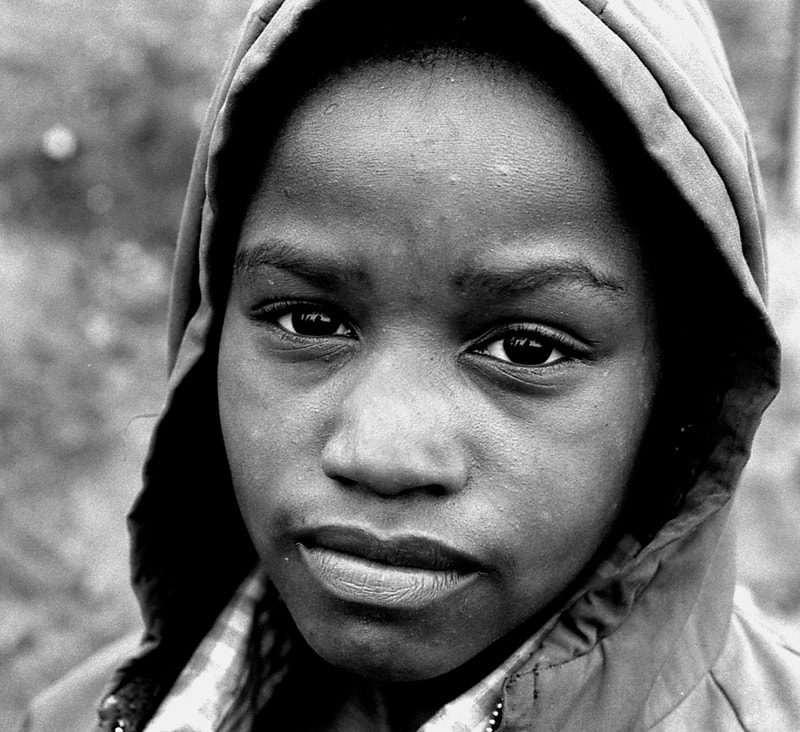My Gallery is very much a 'work in progress'...
Other places to see my work
Website in Progress: https://schoolhouse.scot
Instagram: conscious_images and photo_artmoments
Blogs: [now restarted] https://whiteandblackphotography.wordpress.com ; [Old] https://dextersmusings.blogspot.com ;
[Old] https://somemomentsintime.blogspot.com
Books: Some are here: https://www.blurb.co.uk/b/9881396-beyond-photography (the latest) and https://www.blurb.co.uk/user/mhh100?profile_preview=true
I will hopefully be at The North East Open Studios (NEOS) in September 2022.
I am a refuge from England now living on the Moray coast in Aberdeenshire, after moving here from Dumfriesshire and previously before retirement in England. I find the Aberdeenshire area a photographers' delight: whether the wild expanses of beaches and sea, a tiny cove, a village wrapped around the cliffs, surrounding countryside, old towns and not forgetting the amazing skies and ever changing weather. I enjoy living here.
In the 1950s a great aunt made the mistake of giving me an old cracked bakerlite camera with one role of black & white film. The eight pictures lasted a few minutes on the beach, but after one long week waiting for the developed prints I was into an expensive way of life ...and it does not get any cheaper.
I have been fortunate to have been inspired by listening to, learning from and seeing the work of many photographers over the years:
What stopped me from joining the others who went to Vietnam at the time was probably 'life' and 'settling down'... perhaps I did not have the commitment to set off with a couple of Leicas or Nikons, three lenses and.... We will never know!
At the turn of the century (this century) I spent some time re-learning large format photography using a 9x12cm sheet film camera - it was no longer the chore it had been in the 1970s and viewing a reversed left to right and upside down image under a dark cloth helped me to slow down: no longer shooting 12 rolls of film in a day, just making no more than ten pictures since loading sheet film in a changing bag 'on the move' was not that easy - I had just the five dark slides; and concentrating on making and not just taking an image. With further changes in direction the works of Bernd & Hilla Becher [ http://www.artnet.com/artists/bernd-and-hilla-becher/ ] in particular taught me to appreciate space and structure - and to break all conventional photographic rules!
By 2004 as I explored the worlds of Post Modernism (there are no rules, whatever I portray is valid and correct) and more importantly 'After Post Modernism' in Documentary Photography, I found works by Sabastiao Salgado [ https://www.famousphotographers.net/sebastiao-salgado ] and Alfredo Jarr [ http://www.alfredojaar.net/index1.html ] had come into the background of my way of seeing and telling - to paraphrase the books by John Berger [ https://www.independent.co.uk/arts-entertainment/art/features/john-berger-ways-of-seeing-a7518001.html ]. The idea of slowing down and making images that leave the viewer wondering and hopefully asking questions about he message they are being shown changed my outlook. I would cite three images: Simon Norfolk's 'The Balloon Seller' (in Afghanistan - I mean how many British photographers go to a war as an embedded photographer with the US army and use a wooden 9x12 sheet film camera and a black cloth and shoot transparencies) [ https://www.anzenbergergallery-bookshop.com/book/750/for_most_of_it_i_have_no_words-simon_norfolk ] and Paul Seawright's images showing Camels in the Desert and Tacks on the Planning Room Table both from 'Hidden' [ https://www.paulseawright.com/hidden ], again in Afghanistan. I was also challenged too by documentary photographers Tom Stoddart [ tomstoddart.com/info ], Susan Messialis [ susanmeiselas.com ] who showed in a hidden way the other side of conflicts.
This grounding is reflected in the images portrayed which include photojournalism, documentary, fine and experimental art, modernist & post-modernist, landscape and portraiture. The portfolio covers the 1970s to date. The images were taken on a variety of film, digital and phone cameras. - whatever was suitable and/or available when I had a choice - some were cheap and others expensive. The works shown here are mostly part of something bigger. Some images:
~ Cross over boundaries and represent conflicts;
~ Raise concerns when the viewer explores them;
~ Have a political or social element;
~ Require a key or some context for the viewer to find;
~ Can be classified in different ways and appear in more than on gallery;
While some are simply images that please me.
Other places to see my work
Website in Progress: https://schoolhouse.scot
Instagram: conscious_images and photo_artmoments
Blogs: [now restarted] https://whiteandblackphotography.wordpress.com ; [Old] https://dextersmusings.blogspot.com ;
[Old] https://somemomentsintime.blogspot.com
Books: Some are here: https://www.blurb.co.uk/b/9881396-beyond-photography (the latest) and https://www.blurb.co.uk/user/mhh100?profile_preview=true
I will hopefully be at The North East Open Studios (NEOS) in September 2022.
I am a refuge from England now living on the Moray coast in Aberdeenshire, after moving here from Dumfriesshire and previously before retirement in England. I find the Aberdeenshire area a photographers' delight: whether the wild expanses of beaches and sea, a tiny cove, a village wrapped around the cliffs, surrounding countryside, old towns and not forgetting the amazing skies and ever changing weather. I enjoy living here.
In the 1950s a great aunt made the mistake of giving me an old cracked bakerlite camera with one role of black & white film. The eight pictures lasted a few minutes on the beach, but after one long week waiting for the developed prints I was into an expensive way of life ...and it does not get any cheaper.
I have been fortunate to have been inspired by listening to, learning from and seeing the work of many photographers over the years:
- In the 1960s early influences were primarily two Life Magazine photographers Alfred Eisnsteadt [ https://www.famousphotographers.net/alfred-eisenstaedt ] for mainly black and white photojournalism and Ernst Hass [ https://www.famousphotographers.net/ernst-haas ] who showed different ways of seeing colour. The local library was good and I borrowed many library books at the start of having a 'real camera'.
- In the 1970s learning from Thurston Hopkins [ https://www.gettyimagesgallery.com/collection/thurston-hopkins/ ] much about the practice of photojournalism and editorial workings and how to 'feel the light and exposure' with your hand and to reduce the 108 or more images made when shooting a story down to the double page spread.
What stopped me from joining the others who went to Vietnam at the time was probably 'life' and 'settling down'... perhaps I did not have the commitment to set off with a couple of Leicas or Nikons, three lenses and.... We will never know!
At the turn of the century (this century) I spent some time re-learning large format photography using a 9x12cm sheet film camera - it was no longer the chore it had been in the 1970s and viewing a reversed left to right and upside down image under a dark cloth helped me to slow down: no longer shooting 12 rolls of film in a day, just making no more than ten pictures since loading sheet film in a changing bag 'on the move' was not that easy - I had just the five dark slides; and concentrating on making and not just taking an image. With further changes in direction the works of Bernd & Hilla Becher [ http://www.artnet.com/artists/bernd-and-hilla-becher/ ] in particular taught me to appreciate space and structure - and to break all conventional photographic rules!
By 2004 as I explored the worlds of Post Modernism (there are no rules, whatever I portray is valid and correct) and more importantly 'After Post Modernism' in Documentary Photography, I found works by Sabastiao Salgado [ https://www.famousphotographers.net/sebastiao-salgado ] and Alfredo Jarr [ http://www.alfredojaar.net/index1.html ] had come into the background of my way of seeing and telling - to paraphrase the books by John Berger [ https://www.independent.co.uk/arts-entertainment/art/features/john-berger-ways-of-seeing-a7518001.html ]. The idea of slowing down and making images that leave the viewer wondering and hopefully asking questions about he message they are being shown changed my outlook. I would cite three images: Simon Norfolk's 'The Balloon Seller' (in Afghanistan - I mean how many British photographers go to a war as an embedded photographer with the US army and use a wooden 9x12 sheet film camera and a black cloth and shoot transparencies) [ https://www.anzenbergergallery-bookshop.com/book/750/for_most_of_it_i_have_no_words-simon_norfolk ] and Paul Seawright's images showing Camels in the Desert and Tacks on the Planning Room Table both from 'Hidden' [ https://www.paulseawright.com/hidden ], again in Afghanistan. I was also challenged too by documentary photographers Tom Stoddart [ tomstoddart.com/info ], Susan Messialis [ susanmeiselas.com ] who showed in a hidden way the other side of conflicts.
This grounding is reflected in the images portrayed which include photojournalism, documentary, fine and experimental art, modernist & post-modernist, landscape and portraiture. The portfolio covers the 1970s to date. The images were taken on a variety of film, digital and phone cameras. - whatever was suitable and/or available when I had a choice - some were cheap and others expensive. The works shown here are mostly part of something bigger. Some images:
~ Cross over boundaries and represent conflicts;
~ Raise concerns when the viewer explores them;
~ Have a political or social element;
~ Require a key or some context for the viewer to find;
~ Can be classified in different ways and appear in more than on gallery;
While some are simply images that please me.
MARTIN HULBERT
Some of the images feature in more than one gallery.












